This was always going to be a significant year for Formula One fans. It has been two decades since the sport’s most unfortunate weekend, when in the 1994 San Marino Grand Prix at Imola, the life of one of its greatest ever stars was claimed – Brazilian driver Ayrton Senna.
Aged just 34, Senna had enjoyed a 10-year career in Formula One, winning three world championships, 41 races and 65 pole positions.
Those who watched him describe an otherworldly talent, utterly ruthless, pushing his limits every time. But as he led the race at Imola, tragedy struck on the seventh lap, and unable to negotiate a corner he was slammed into a concrete wall, dying from head injuries.
The event came just one day after another accident, when a fellow driver, Austrian Roland Ratzenburger, lost his own life during qualifying. It is a testament to the man he was that upon examining the wreckage left behind by Senna, officials discovered a rolled-up Austrian flag, which he had planned to raise in honour of Ratzenburger, should he have made it to the podium.
Sadly this was never the case, but such a detail came as no surprise to photographer Keith Sutton, who during his many years attending Formula One races knew Senna well. “He was very thoughtful, and even to the people who helped him get to where he was, he used to write the most wonderful thank-you letters,” Sutton recalls. “These were hand-written too, and even back then people had stopped doing that. He’d always remember everybody.”
Senna’s skill was never more evident than on a wet track. Image: Keith Sutton.
And just as he had charmed Sutton, Senna had won the love of his home nation. Following his death, the then President Itamar Franco declared three days of national mourning, with the queue to see his body – at the July 9 Palace in Sao Paulo – over three miles long. When he was finally laid to rest, three million turned out for his funeral, with many more watching on TV. In a country plagued by poverty, he had given hope, becoming a champion in one of the richest sports in the world.
From the first time they met in England back in 1981, Sutton suspected this was a man heading for greatness. “I was a shy 20-year-old freelancer back then, but I’d go to the tracks and photograph the drivers,” Sutton reveals. “One weekend I went to Thruxton Circuit in Hampshire, and happened to get a few shots of a Brazilian driver I hadn’t seen before.
The following week I went to Brands Hatch for a race, and he came up to me and in broken English said, ‘I saw you at Thruxton taking all these pictures of me. Why were you doing that?’ So I explained I was taking photos to sell to magazines, and he said, ‘Well, I’ve just started out, this is my third race, and I need pictures to send back to the Brazilian newspapers for publicity. Will you be my photographer?’”
Had Senna asked this question at the height of his Formula One fame, it would surely be a lucrative venture, but in 1981 the Brazilian had just started in Formula Ford, having made his name in karting back home.
Both Senna and Sutton were at the early stages of their respective careers, and there was an opportunity to help each other. “Well, he won the race – Ayrton da Silva, as he was known then,” explains Sutton, adding that he switched to his mother’s maiden name of Senna later that year.
Image: Keith Sutton.
“His car control, even in the wet, was unbelievable, so I started following him and taking his photos, and in 1982 he moved up to Formula Ford 2000. I was writing his press releases by that point, and I got headed notepaper designed, showing his helmet with the Brazilian colours – and it said for more information to contact me at my parent’s home address [laughs]. But he was doing very well. He won everything in Formula Ford in 1981, and then in 1982 in Formula Ford 2000 he won the British and European championships.”
Images from this time, before Senna raced in Formula One, have proved the surprise hit at an exhibition of Sutton’s work currently on display in London. There are shots of the Brazilian preparing for some of his earliest races, and even more intimate moments, such as asleep at the airport as he waited for a flight in Denmark. “That was for the race where he clinched the European championship in 1982,” Sutton explains. “I had to organise his flight, which I thought was a bit odd, but I flew over with him and we shared a hotel room. After he won, we went out and celebrated, and it was one of the rare times I actually saw him let his hair down.”
In 1983, Senna moved to Formula 3, with Sutton and his camera by his side. “That was the big battle between him and Martin Brundle,” says Sutton. “At first Ayrton was winning all the races, and then Martin started clawing it back. We got to the last race at Thruxton, and it was between those two, but Ayrton managed to clinch it. Martin was always brilliant with me, though, and he would joke around, saying, ‘Why are you supporting a Brazilian and not a British guy like me?’ But he was realistic about it and understood.”
Winning the Formula 3 championship marked a turning point in the two men’s relationship, however, as while Formula One now beckoned for both – in different ways – it would mean they had to carry on separately. “He started racing for Toleman, and he set up a company and wanted me to be on staff, so I’d earn a salary and get expenses,” Sutton recalls. “The thing was, I’d only be allowed to shoot him, and he’d own the copyright to all the pictures, so I had to say no. I’d been thinking about setting up a company with my brother, Mark, where he’d shoot all the national races and I would do the internationals, so that was what I did, and it is still going strong today.”
Image: Keith Sutton.
But the two would continue to cross paths over the years, with Sutton present at Senna’s first Formula One victory in Portugal in 1985, following his move to Lotus, and of course to witness his growing rivalry with fellow McLaren driver Alain Prost after joining the team in 1988. It was with McLaren that Senna thrived, winning the title that same year, and again in 1990 and 1991, becoming the youngest ever three-time world champion.
By 1994, Senna had signed for another new team, Williams, in a deal said to be worth AED 3 million per race, but it was short-lived. After a tricky start to the season, he was hoping that the third event at San Marino would finally show he had settled in – one where Sutton was also present, and understandably refers to as the worst time of his life. “I’m 55 this year, and Ayrton and I were around the same age – he would have been 54 now,” Sutton explains. “In those early days, we were on the same wavelength, and we talked about the same things as any other 20-year-olds – cars, music, cinema and girls!”
Like many, Sutton still feels a strong connection to Senna, and will mark the anniversary of his passing in his own way. In addition to the exhibition in London, another that also features his images of Ratzenburger will be featured at Imola during this year’s San Marino race.
McLaren, meanwhile, will display the car that Senna drove in his winning 1988 season, while Williams will feature a special graphic of the Brazilian on its vehicles for the duration of 2014. Each serves as a way to remember how Senna lived, rather than the way he died.
Details: Senna: Photographs by Keith Sutton is at the Proud Chelsea gallery, London, until May 4. For more visit proud.co.uk


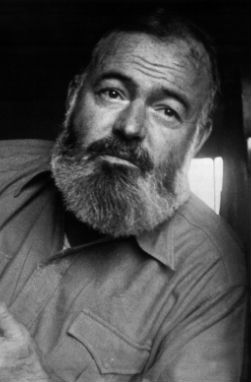
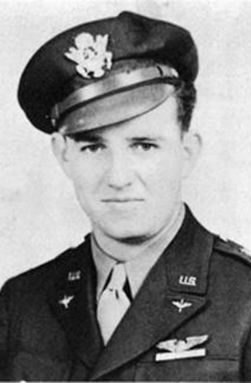

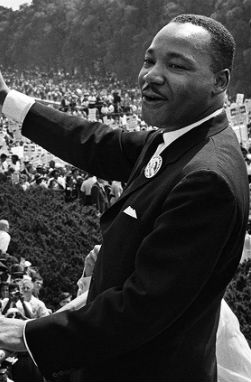


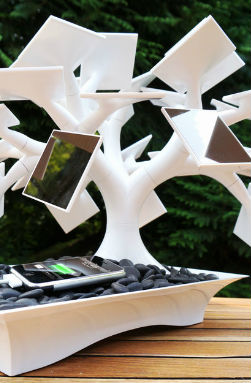

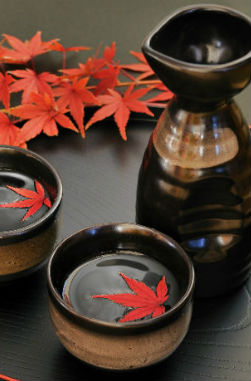

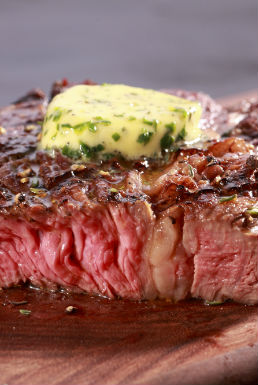
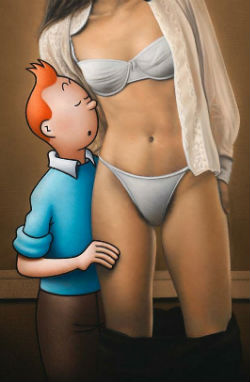
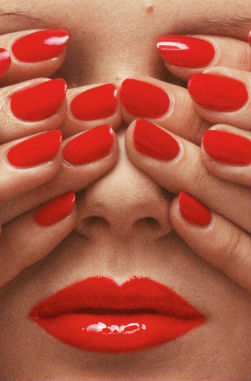
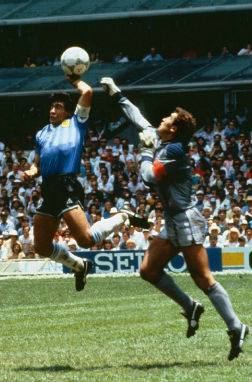
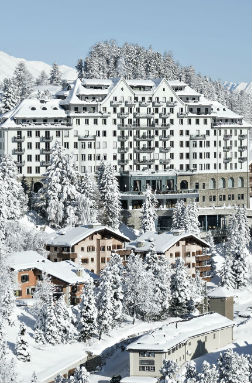

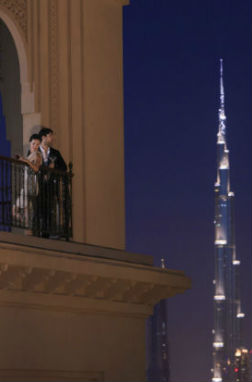
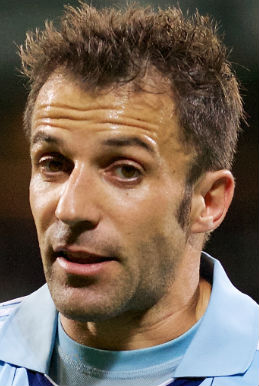
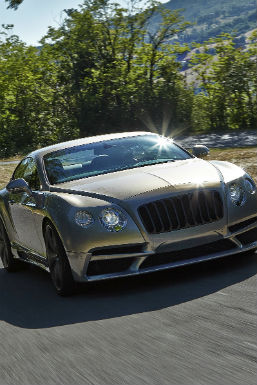
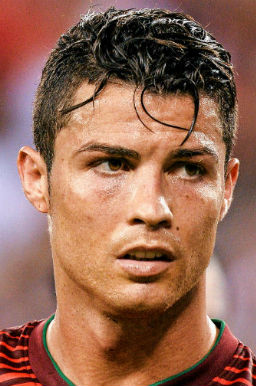
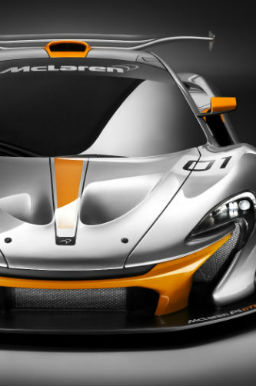
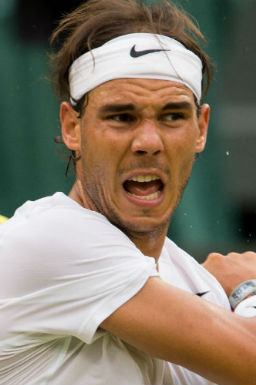
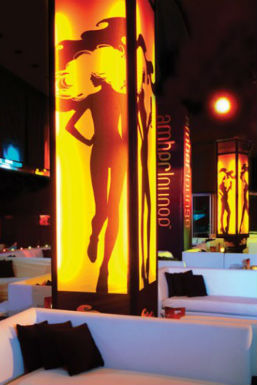

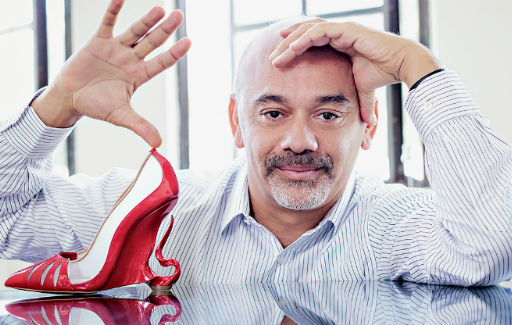
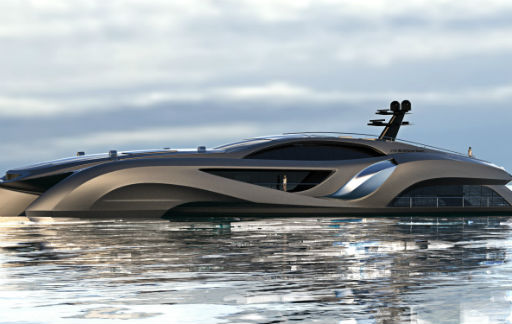

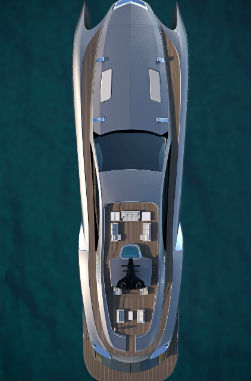


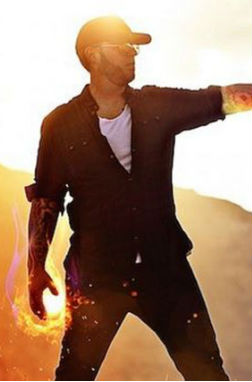

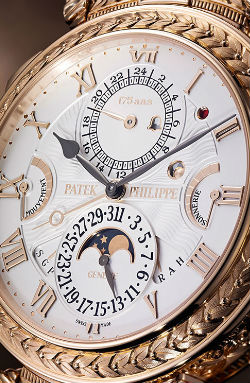

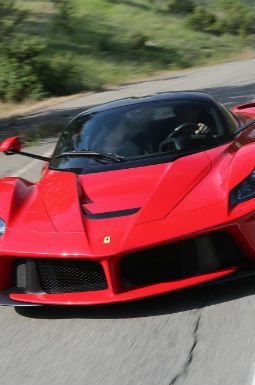
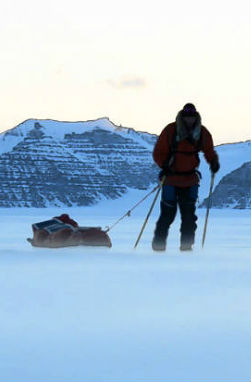


SHARES
Comments